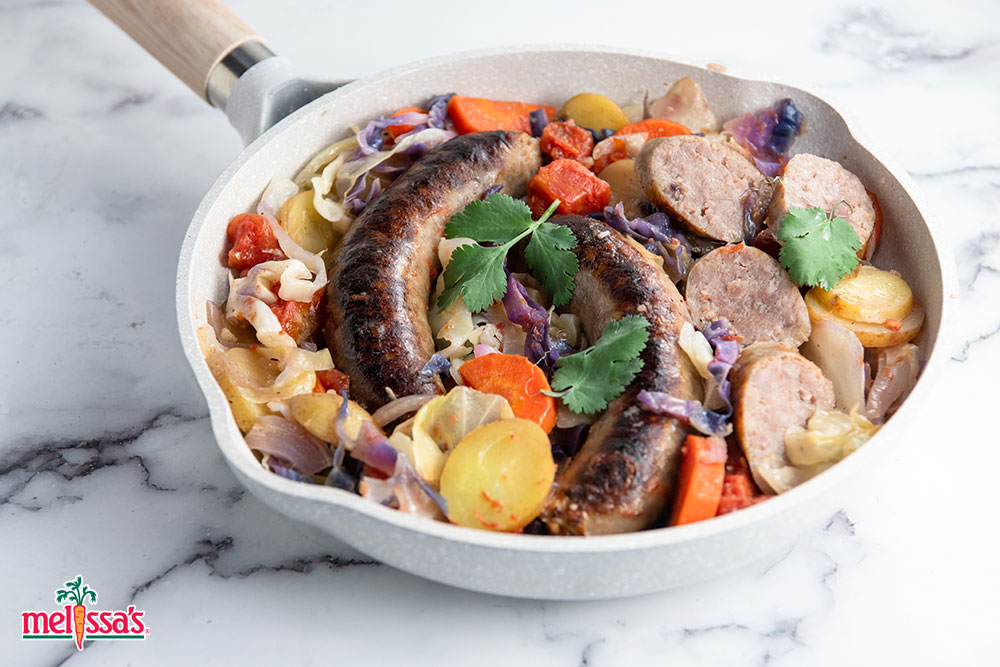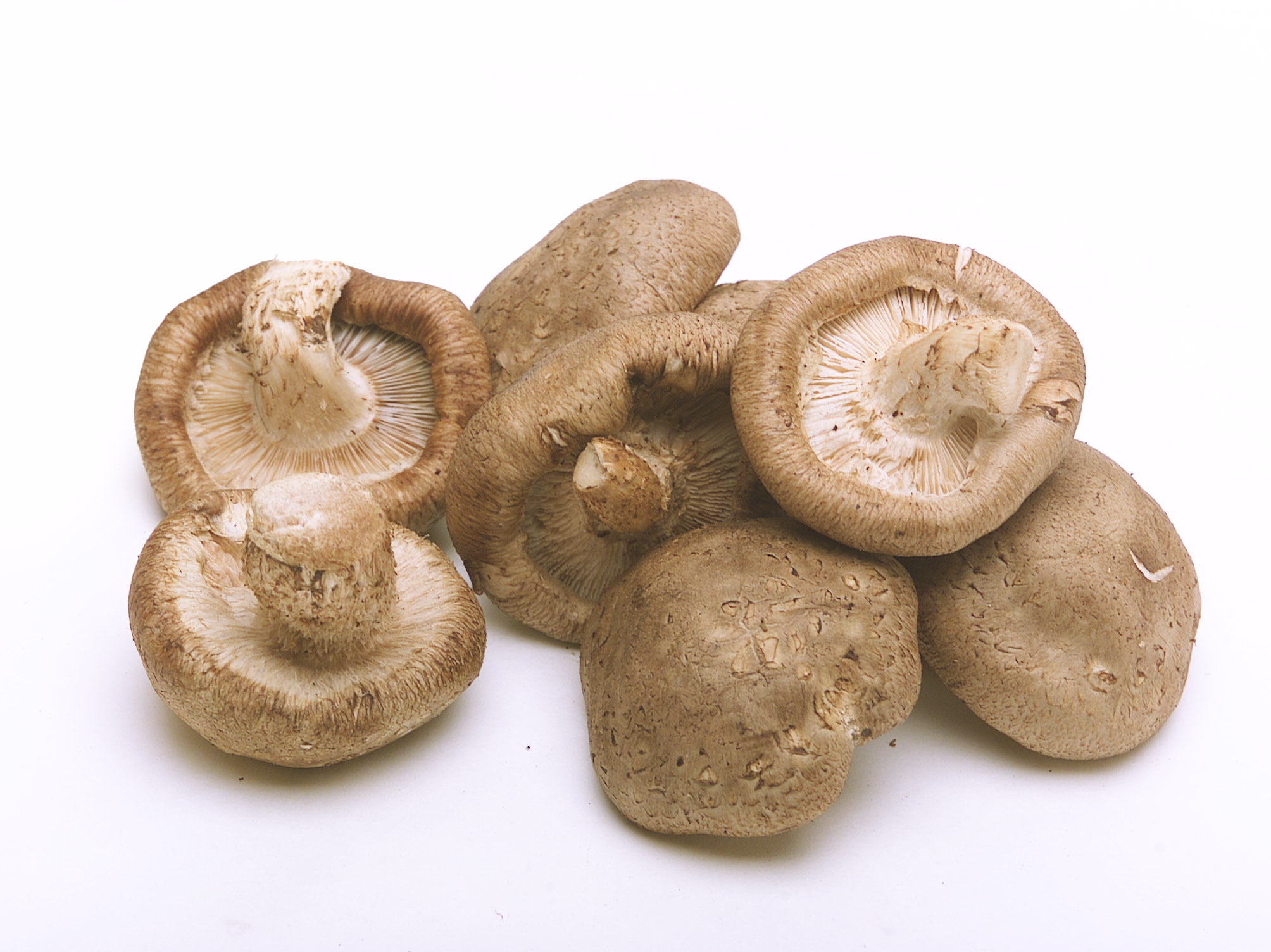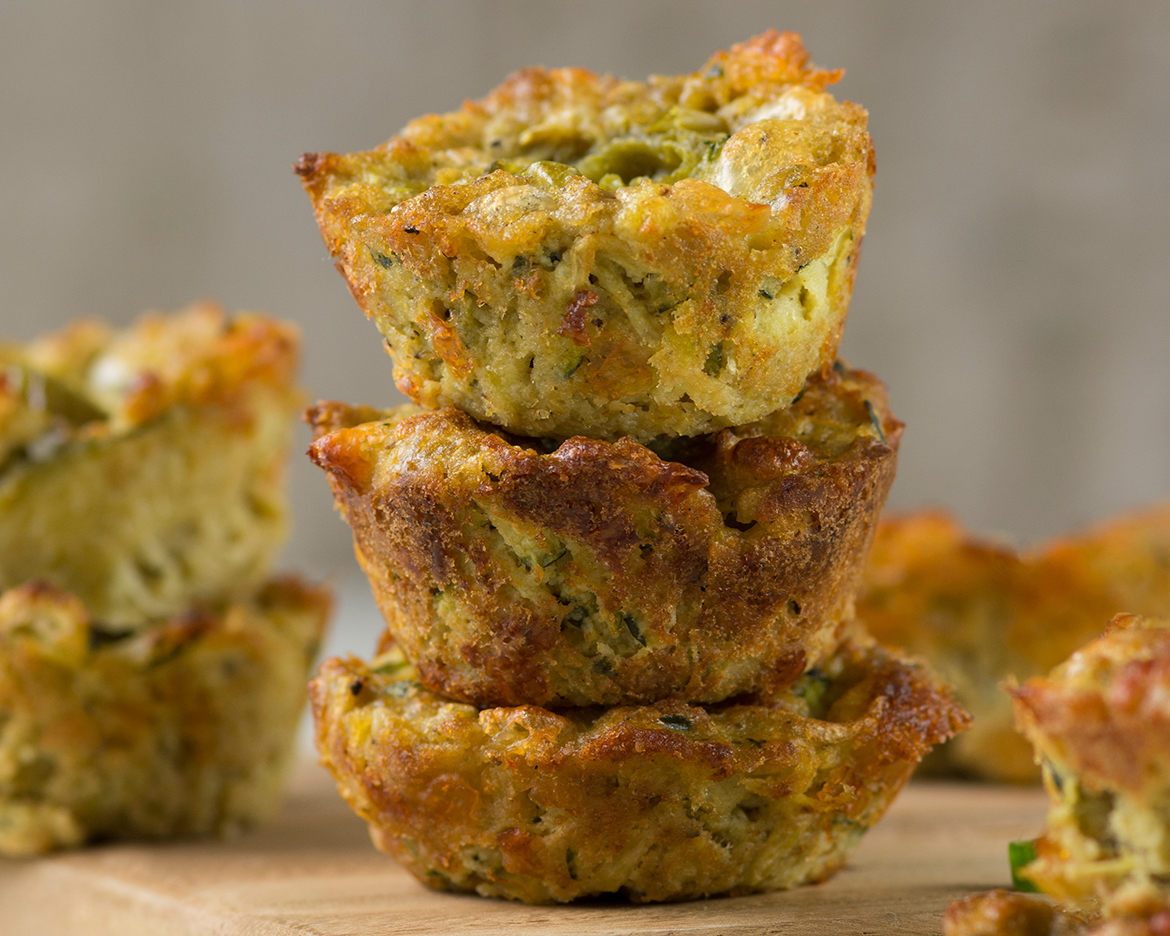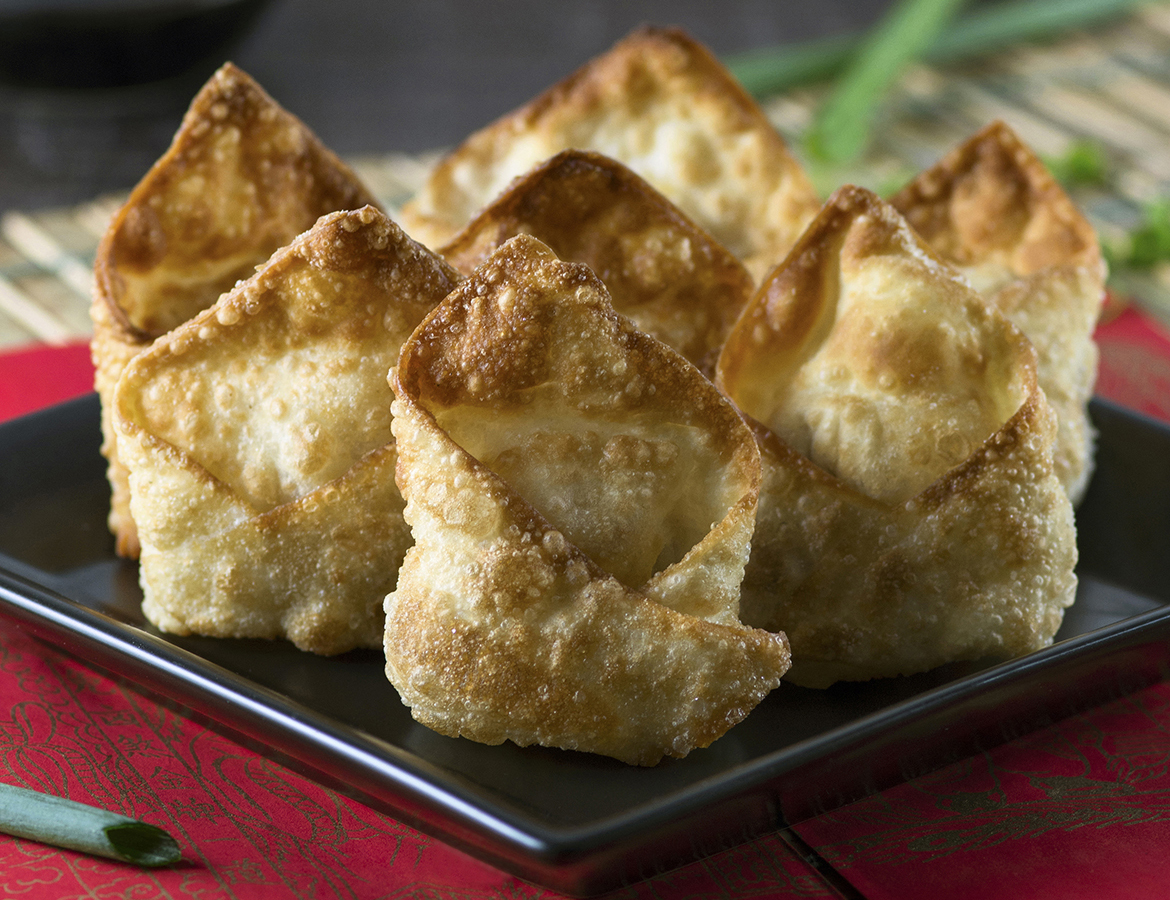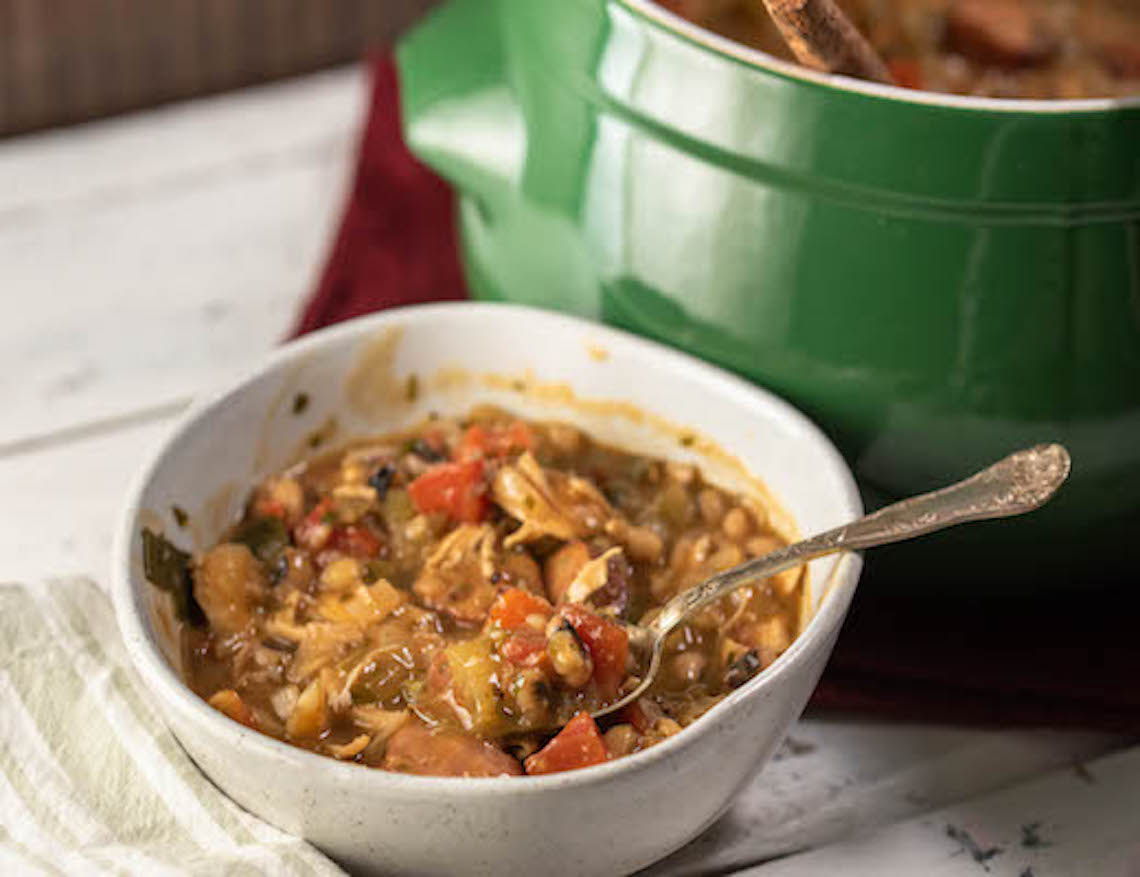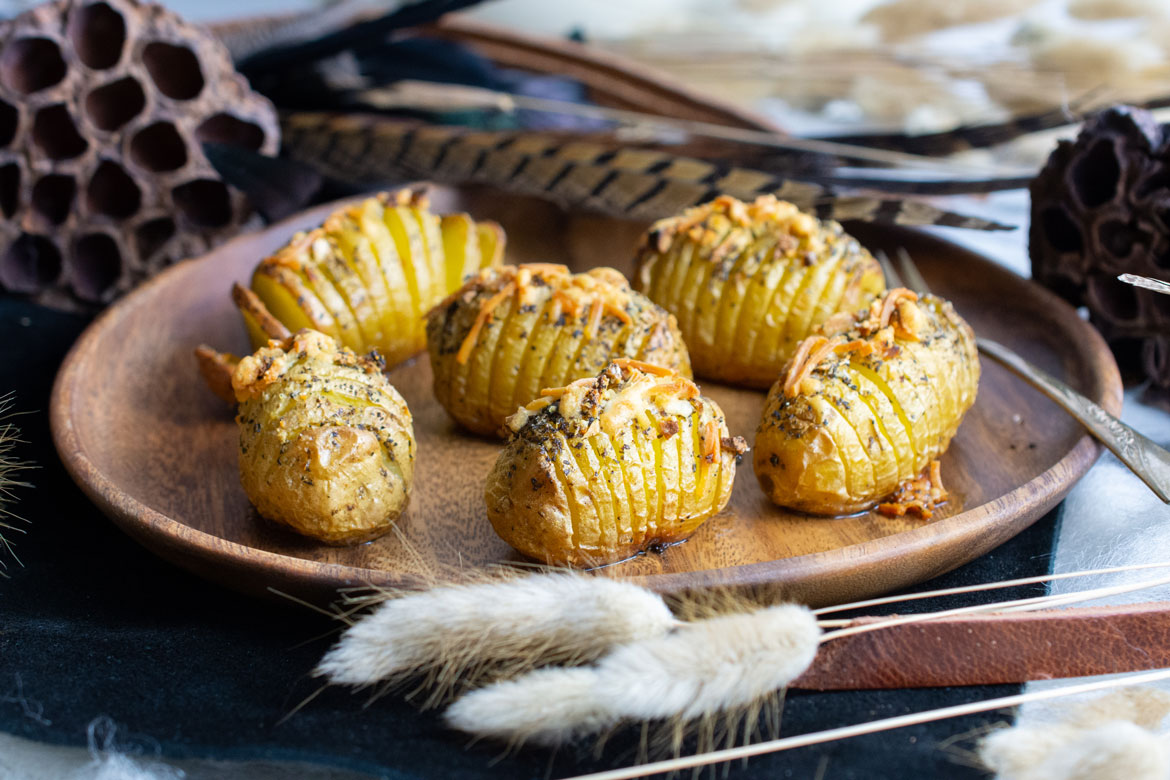When fiddlehead ferns come into season, you know that it’s springtime. Known for their unique appearance, fiddleheads appear as curled-up spiral fronds that spring up from the forest ground about 4 to 6 inches high. Ours are are grown and come from the West coast in Oregon where the damp, rainy climate allows them to flourish. When it comes to foraging for fiddleheads, the timing has to be perfect. You must harvest them before the immature fronds of the fern get the chance to unfurl. Blink and you just may miss them. For just a few short weeks each year, fiddleheads become available, making them a highly sought after delicacy among chefs and foodies alike.
For many of you unfamiliar with fiddlehead ferns, you may be wondering about their flavor. Picture yourself in the green, grassy woods they grow during the advent of spring. This is exactly what they taste like. Fiddleheads combine the grassiness of asparagus and green beans and earthiness of mushrooms. Because of their extraordinary flavor, incorporating them into a delicious dish is quite easy. It doesn’t take much to turn them into something magical.

As fiddleheads are delicate and have a relatively short shelf life, it’s best to enjoy them as soon as possible. In fact, they may lose their fresh flavor and firm texture and spoil quickly if you don’t cook them soon after harvest. If you must store them for a couple of days, wrap them tightly in plastic wrap and store in the refrigerator. Fiddleheads come encased in a papery brownish skin that you have to remove before cooking them. Make sure to clean them as thoroughly as you can. Also, please note that in the interest of food safety and to avoid any food poisoning, you should always enjoy fiddlehead ferns fully cooked.
But let’s get into the fun stuff. What exactly can you do with these springtime treasures? As fiddlehead ferns have a flavor reminiscent of asparagus and green beans, they are best enjoyed simple. You can steam, saute or boil them with just a bit of butter and lemon juice and finish off with Hollandaise sauce.
Or if you’re looking for something a little more creative, then dive into this week’s recipe–Fiddlehead Fern Linguini. This pasta dish tastes just like how spring should taste and the mild, woodsy and nutty flavor of the fiddleheads really come to life here. Combine them with sweet bell peppers and tomatoes for a fresh pop of color. And that’s pretty much it besides a bit of olive oil and garlic to bring it all together while highlighting the very best things about the season.
Fiddlehead Fern Linguini
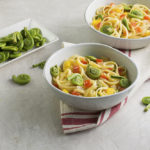
This Fiddlehead Fern Linguini tastes exactly how you’d imagine springtime to taste. Fresh garden vegetables like bell peppers and tomatoes give it a bright pop of color and flavor.
- 1/2 pound Melissa’s Fiddlehead Fern
- 1 and 1/2 teaspoon kosher salt
- 1/2 pound linguini or fettucini noodles
- 1 tablespoon kosher salt
- 1 tablespoon olive oil
- 1 cup chopped tomato
- 1 cup yellow bell pepper (1/2 in. dice)
- 1/2 cup Melissa’s Perfect Sweet Onion (sliced)
- 2 cloves garlic (minced or crushed)
- chile pepper flakes (optional)
- Set 4 quarts of water to boil. In the meantime, clean fiddleheads by working in small batches. Rub fiddleheads between palms of your hands, removing any brown scales, then transfer to a large bowl or colander. Wash fiddleheads in several changes of cold water; drain. Trim off ¼ inch of ends. Cut any stem beyond coil to approximate 1 inch pieces.
- Transfer cleaned and trimmed fiddleheads to the boiling water. Add 1 ½ tsp salt, and boil until coils are tender but not mushy, about 12-14 minutes. Set up water bath. Drain and halt cooking by placing fiddleheads in ice water bath until cool. Drain well.
- Cook linguini according to package directions, save 1 cup of liquid before draining. Do not rinse. Cover and keep warm.
- Place a large sauté pan over high heat. Add olive oil to coat pan. Sauté tomato, bell peppers, onion, and garlic until crisp tender. Reduce heat, add water, linguini, fiddlehead ferns, and optional chile flakes. Toss and serve hot.

